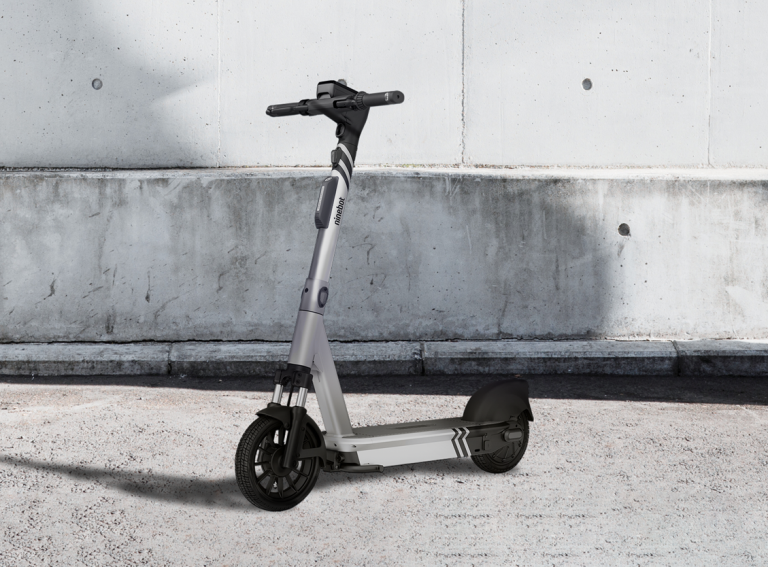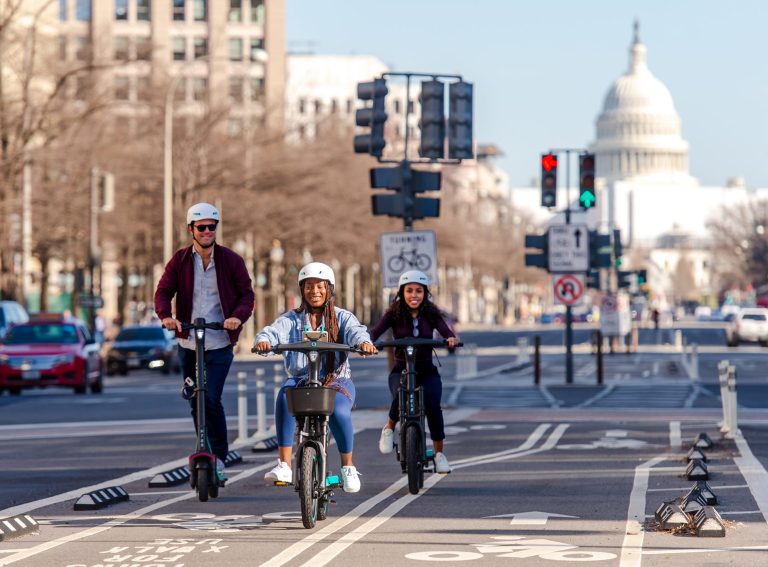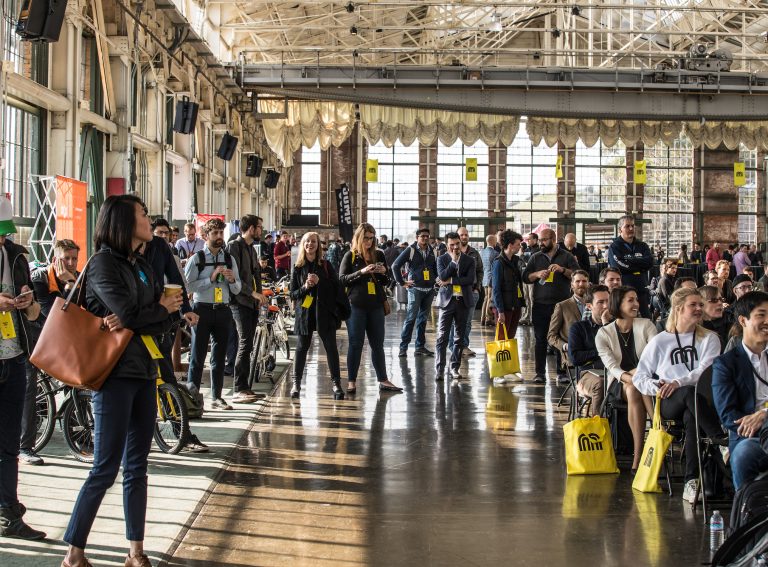Now in his 15th year with the company, Kersten Heineke is a Partner at McKinsey & Company and Co-Leader of its disruptive mobility think tank, The McKinsey Center for Future Mobility (MCFM).
Having joined McKinsey straight out of university, he initially worked with clients in the traditional automotive sector, but it was the fields of electrification, autonomous driving, and shared mobility that really sparked his imagination.
“Mobility is a basic human desire,” Heineke tells Zag Daily in an exclusive interview.
“It ultimately enables us to engage with people and to experience life. And if we can make that better for everyone, it will have a massive impact on society.”
Global mobility operation
Heineke was one of three McKinsey employees to set up MCFM in 2014 with the view to offering clients in the new mobility space a more specialised service.
“We knew that the mobility sector was going to experience a bigger disruption than it had ever experienced before,” he explains.
“So we needed to create a dedicated team of people with experience working with these new technologies.”
Having celebrated its 10-year anniversary in July this year, MCFM currently works with a vast array of companies in the fields of micromobility, autonomous driving, shared mobility, advanced air mobility and charging technology (and many more), as well as local authorities and insurance providers.
Boasting a team of more than 300 people spread out across the US, Europe, China, Japan and South East Asia, MCFM is split across the topics outlined above, while the output is divided between client projects, think tank work, and data modelling.
“We take the insights that we generate on mobility to our clients,” Heineke explains.
“These are in part generated by our 50-person data team, which conducts market research, collects consumer insights and gathers information about the global new mobility sector.”
Projecting a $520 billion future for micromobility only
A fact that has become clear to the MCFM team is that the Covid-19 pandemic acted as a change accelerator within new mobility. With working from home now ubiquitous, this has precipitated a reimagining of what effective transport systems look like.
“When you ask people about the future of mobility, many people want to use their car less and everything else more,” Heineke explains.
What is also becoming evident is that people are really starting to take sustainability into account when travelling. This has increased steadily year over year, and pairs with the fact that citizens are increasingly interested in new transport technology.
“Micromobility, in particular, is the mode of transport that most people are interested in using more. They are also becoming more open to using autonomous vehicles and connected cars than ever before.”
Changing consumer sentiment is reflected in MCFM’s growth projection for the global micromobility sector, which it expects to reach $520 billion by 2035. This figure is frequently quoted by startups during investment pitches, but how exactly is it calculated?
“It is an extensive process,” Heineke begins.
“We take today’s mobility usage and look at the modal mix in urban and rural areas all over the world in order to provide a global perspective. Then we consider how regulation, technology and consumer preferences could cause this to change in the future.”
This data is then fed into a proprietary model and sorted based on different scenarios. MCFM also takes into account new government targets or schemes and calculates how realistic it is that they are achieved.
The number that is then produced is called an ‘accelerated scenario’, which translates to about an 80% achievement of global climate change reduction goals. The model also takes into account how well countries have been able to meet targets in the past and how they are tracking against future aims.
“When we created our first projection it took about 12 months to complete,” Heineke continues.
“Now the model has been built, it can be updated based on new data over the period of a few months. We know that many companies quote the figure and we’re really happy that is the case.”
Big picture
Thinking about the scale of disruption the mobility industry has witnessed in the past few years, Heineke argues that it has been similar in magnitude to the shift from horse-drawn carriages to private cars.
As a result, he is ambitious about driving seismic change moving forward: “I believe that the future of mobility should be about having access to the ideal mode of transport in every single use case, taking into account weather, traffic, distance, budget, group size or any other factor you can think of. We need to think about the ideal mode, rather than simply what is available.”
How might this play out in practice over the next five to 10 years?
“I think we are going to see vehicles develop somewhere in between the current bicycle form factor and the EV,” Heineke says.
“That’s a pretty broad spectrum, but I think we’re going to see the next generation of cargo bicycles that can accommodate multiple people in a two seater configuration. Quadricycles and micro cars are other form factors where I expect to see experimentation, again with plenty of different designs coming out.”
With this in mind, Heineke acknowledges that further consolidation will likely take until 2030.
“We don’t yet know which one factor is going to be most attractive to consumers, and frankly, we don’t know which company is going to do the best job at launching and rolling out their products,” he continues.
“I believe that personal mobility will remain important. The question is, how much downscaling from a private car to smaller vehicles will take place.”
Having said that, Heineke believes that shared micromobility schemes still have a big role to play.
“I’m a big fan of shared e-scooters and e-bikes because of the flexibility,” he says.
“Micromobility has completely changed the way I experience cities and how I go from A to B. It has been liberating because I can do things that I previously would never have done.”
If new forms of mobility can become more convenient, affordable, sustainable and widely available, it is Heineke’s hope that people around the world can enjoy these same benefits.





